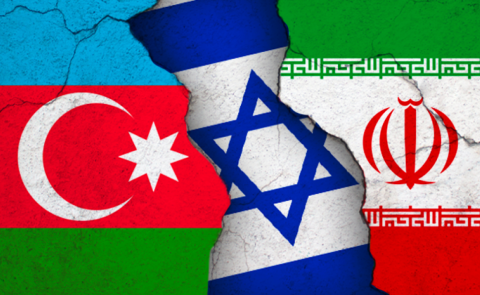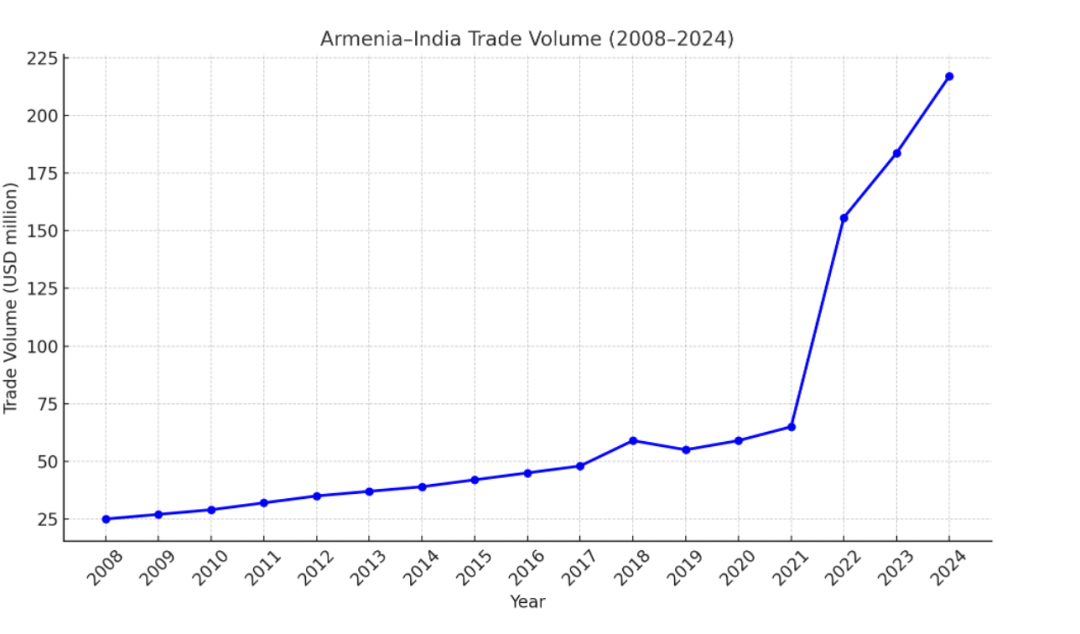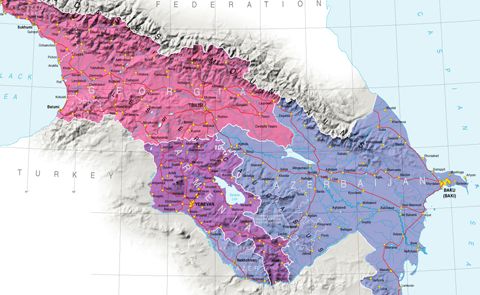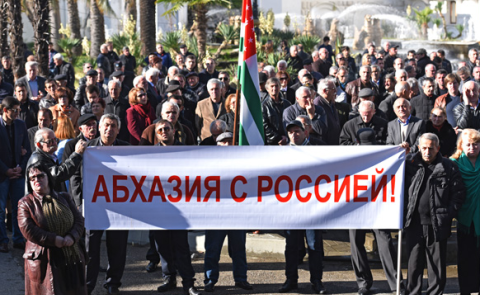
Armenia and India: Building New Bridges in Trade and Strategy

As global alliances shift and trade routes are reshaped by sanctions and infrastructure demands, Armenia has been quietly strengthening its ties with India. Once a modest trading partner, India has become an increasingly vital collaborator in trade, defense, energy, and education. This evolving relationship reflects Armenia’s broader strategy to diversify its international partnerships—and India’s growing interest in expanding its Eurasian presence.
According to Armenia’s Statistical Committee (ArmStat), bilateral trade with India rose from $25 million in 2008 to $59 million in 2019, then more than doubled after 2022, reaching $155.7 million by the end of 2023. The first quarter of 2024 shows further growth, with an 18% increase compared to the same period the previous year.
India primarily exports pharmaceuticals, industrial equipment, ICT products, and tea to Armenia. In return, Armenia exports alcoholic beverages, minerals, and specialized tools. The product range is also diversifying. For instance, one Armenian food processing company recently began importing Indian-made machinery to modernize its production line—a decision the manager said “lowered costs without compromising quality.”
Trade volume has more than tripled since 2019, with the sharpest increase after 2022.
In parallel with economic cooperation, defense relations have gained momentum. Since 2022, Armenia has signed multiple procurement agreements with Indian defense suppliers, acquiring Pinaka rocket systems, anti-tank missiles, and other equipment—with reported contract values exceeding $250 million (The Economic Times).
“Some of the weapons acquired from India are licensed from Western countries. That’s a new approach in Armenia’s defense market,” notes Armenian defense expert Robert Ghevondyan.
As cooperation evolves, the next phase may involve strengthening technical collaboration, improving system integration, and enhancing operational coordination to support long-term outcomes.
The Road Ahead: Railways, Energy, and Education
One of the most strategic opportunities for both countries is transport. Armenia and India are members of the International North–South Transport Corridor (INSTC)—a project aimed at linking India with Europe via Iran, Armenia, and Georgia. If fully operational, the corridor could reduce shipping times by up to 40% and significantly lower costs (INSTC).
A key section of the route—the railway between Iran and Armenia—is still under development. In addition to the Iran–Armenia–Georgia path, some observers highlight the geographic feasibility of a route involving Iran–Armenia–Turkey, which could provide additional connectivity options if regional conditions permit.
“To strengthen the Armenia–India trade relationship, we need more logistical improvements,” Ghevondyan adds. “One of them could be a train route. That would make a real difference.” He also notes that, in the context of North–South connectivity, both the Iran–Armenia–Georgia and Iran–Armenia–Turkey routes are under discussion, depending on future developments in regional infrastructure and border openings.
Beyond connectivity, there are active discussions in renewable energy, digital development, and education. Armenia is a member of India’s International Solar Alliance, and both sides have expressed interest in cooperating on solar and wind projects.
In the academic field, Indian universities have welcomed Armenian students in medicine and ICT for years. Some of these graduates are now contributing to Armenia’s growing tech sector, bringing back valuable skills and networks. Meanwhile, Indian companies are beginning to explore Armenia as a regional base for operations and outsourcing.
To sustain this momentum, a formal Armenia–India Strategic Cooperation Framework (2025–2030) could help prioritize investment, institutional coordination, and sector-specific targets—particularly in infrastructure, defense support, logistics digitalization, and green technology.
“Yes, trade has grown, and defense cooperation has started,” Ghevondyan reflects. “But to fully benefit, we must think long-term. That means improving logistics and ensuring implementation.”
The future of Armenia–India cooperation will likely depend on how both sides build on their current engagements. With expanding ties across trade, infrastructure, defense, and education, the relationship has the potential to become a cornerstone of Armenia’s broader foreign policy diversification. Ongoing institutional cooperation and tangible outcomes will be critical in shaping how far this partnership develops in the years ahead.
Contributed by Siranush Grigoryan
See Also


From Neorealism to Neoliberalism: Armenia’s Strategic Pivot in Foreign Policy After the Nagorno-Karabakh Conflict

Georgia and Russia: New Turn in Bilateral Relations

3+3 Initiative as a New Order in the South Caucasus

Economic Cooperation Between Armenia and Georgia: Potential and Challenges Ahead

